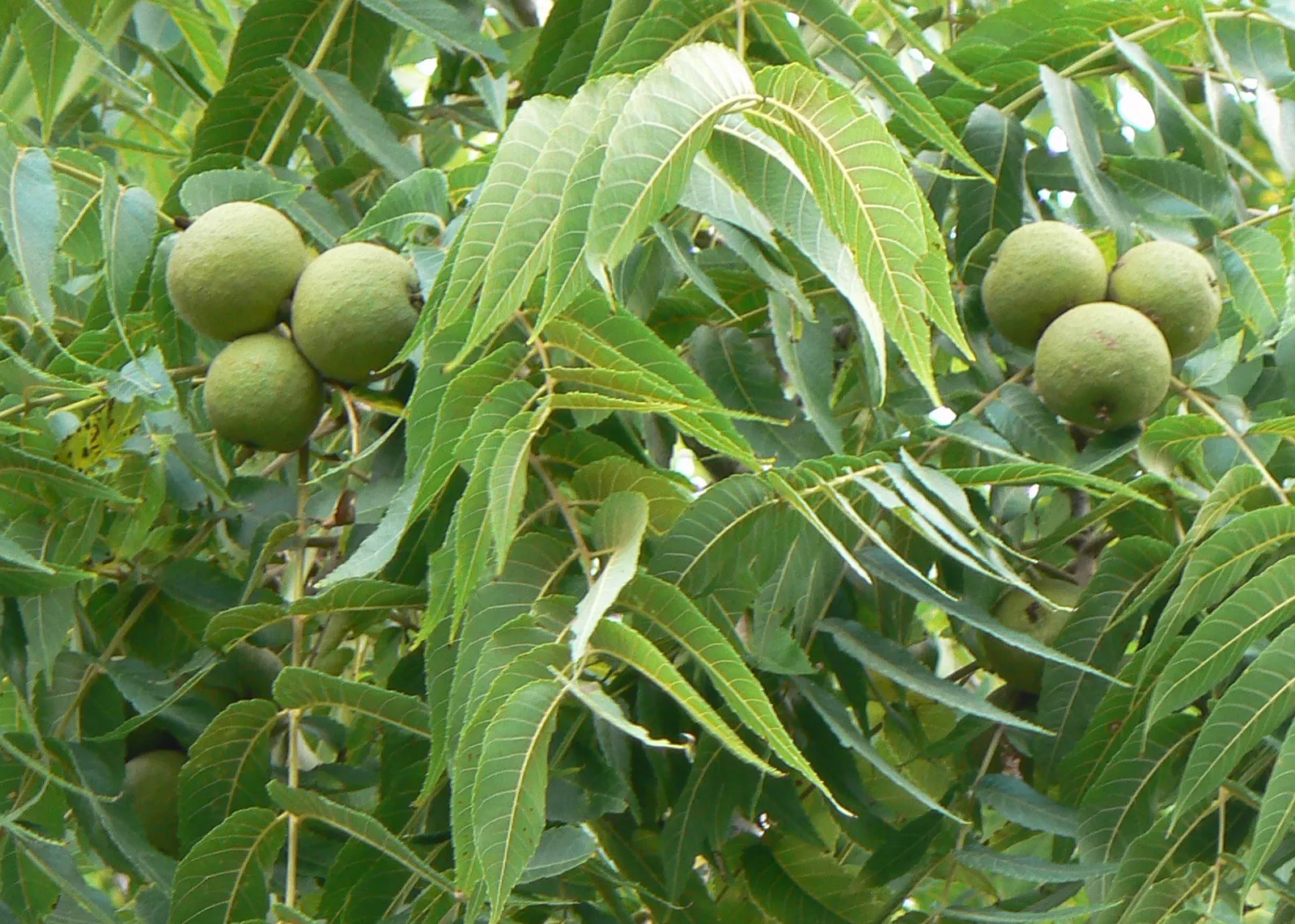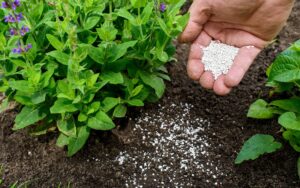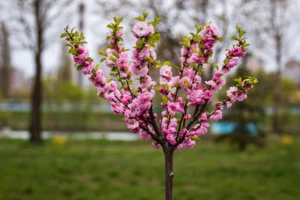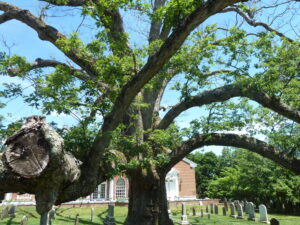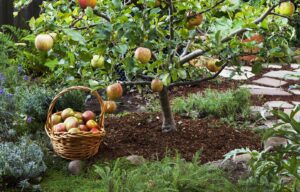How to Use the Black Walnut Tree Value Calculator
The Black Walnut Tree Value Calculator is a tool that helps estimate the value of a black walnut tree based on the number of board feet, a standard measurement in the lumber industry. By inputting a few simple measurements, you can quickly determine the potential value of your tree. Here’s how to use the calculator effectively:
Step-by-Step Instructions:
- Measure the Tree’s Circumference:
- Use a flexible tape measure or string to measure the circumference of the tree trunk at about 4 1/2 feet above the ground (chest height).
- If using string, wrap it around the tree, mark the spot where it meets, then measure the string. Input the measurement in inches.
- Measure the Marketable Height:
- The marketable height refers to the height of the trunk that is suitable for harvesting. This is typically the height from the base of the tree to where it starts branching out or becomes too narrow.
- Measure the height in feet and input this value into the calculator.
- Calculate:
- Once both measurements are entered, click the “Calculate Board Feet” button to receive an estimate of the number of board feet your tree contains.
- Review the Results:
- The calculator will provide an estimated board feet value, which represents the volume of usable lumber in the tree. This is a critical factor in determining the monetary value of your black walnut tree.
Black Walnut Tree Value Calculator
Use this calculator to estimate the board feet value of a Black Walnut tree.
| Enter the circumference of the tree trunk (inches): | |
| Enter the marketable height of the tree (feet): | |
Estimated Board Feet:
Explanation:
- The calculator uses a basic input form where users can enter the tree's circumference and marketable height.
- The diameter is calculated by dividing the circumference by π (pi).
- The Doyle Log Rule formula is applied to estimate the number of board feet.
- When the user clicks "Calculate Board Feet," the result is displayed on the screen.
How to Use the Black Walnut Tree Value Calculator
The Black Walnut Tree Value Calculator is a tool designed to estimate the value of a black walnut tree based on its board feet, a measure commonly used in the lumber industry. The calculator allows users to input specific tree measurements, and it quickly calculates the tree's board feet using a reliable formula. Here's how to use it:
Step-by-Step Guide to Using the Calculator:
- Measure the Circumference:
- Using a measuring tape or a piece of string, measure the circumference of the tree trunk at 4 1/2 feet from the ground (this is roughly chest height). If you're using a string, wrap it around the trunk, mark the spot where the string meets, then measure the length with a ruler or tape.
- Input the circumference measurement in inches into the calculator.
- Measure the Marketable Height:
- The marketable height is the usable height of the tree that can be harvested for lumber. Measure the height of the trunk from the ground to the point where the tree branches out significantly or becomes unsuitable for harvesting. This is typically measured in feet.
- Input the height measurement into the calculator.
- Calculate:
- Once both measurements are entered, click the "Calculate Board Feet" button to get an estimate of the board feet the tree contains.
- Estimated Board Feet:
- The calculator will display the estimated board feet in the output section. This number represents the volume of lumber that can be harvested from the tree and is key to determining its monetary value.
Benefits of the Black Walnut Tree
The Black Walnut Tree is considered one of the most valuable trees in the U.S., both in terms of its wood and the ecological benefits it provides. Below are some reasons why these trees are so prized:
1. Valuable Timber
- High Market Value: Black walnut wood is highly sought after for its dark, rich color and fine grain. It’s used in high-end furniture, cabinetry, flooring, and veneer. The wood’s durability and resistance to decay make it a favorite among craftsmen.
- Premium Prices: Depending on the size and quality, a single black walnut tree can be worth thousands of dollars, especially large specimens with straight trunks.
2. Nutrient-Rich Walnuts
- Edible Walnuts: The tree produces delicious, nutrient-packed walnuts that are popular in cooking and as snacks. These nuts are high in healthy fats, protein, and antioxidants.
- Walnut Oil: The oil extracted from the nuts is used in cooking, cosmetics, and even wood finishes.
3. Ecological Benefits
- Wildlife Habitat: Black walnut trees provide essential habitat and food for a variety of wildlife, including squirrels, deer, and birds. The tree’s foliage, branches, and nuts all contribute to supporting biodiversity.
- Soil Improvement: The deep root system of black walnut trees helps stabilize soil and prevent erosion. While the tree’s roots release a natural herbicide (juglone), which can limit the growth of some plants, this characteristic makes it useful in certain types of landscaping.
4. Longevity and Aesthetic Appeal
- Long Lifespan: Black walnut trees are known to live for up to 150 years, making them long-term assets for property owners.
- Aesthetic Appeal: The tree’s broad canopy provides ample shade, making it a popular choice in large landscapes. Its glossy green leaves add a decorative element to gardens and yards.
How to Identify a Good Black Walnut Tree
Identifying a high-quality black walnut tree is crucial if you're planning to harvest it for timber or sell it. Here are some key traits to look for when assessing the health and potential value of a black walnut tree:
1. Trunk Diameter and Height
- Straight and Tall Trunks: A straight trunk with minimal branching is ideal for harvesting. The diameter of the trunk at chest height is also a key indicator of the tree’s value. Trees with larger circumferences and heights tend to have more board feet, and thus, higher value.
- Minimal Defects: Inspect the tree for any signs of disease, decay, or damage. Knots, cracks, and rot can reduce the marketable wood volume.
2. Healthy Canopy
- Full, Healthy Canopy: A black walnut tree with a lush, full canopy indicates good health. The tree should have a symmetrical shape with vibrant green leaves during the growing season.
- Signs of Stress: Check for yellowing or sparse foliage, which may indicate that the tree is under stress from pests, disease, or environmental conditions.
3. Branching Structure
- Low Branching: Trees with fewer branches along the trunk tend to yield more valuable timber. Look for trees where most of the branching occurs higher up on the trunk.
- Crown Health: The overall structure and health of the crown (the top part of the tree) can also indicate the tree's overall health and growth rate.
4. Age of the Tree
- Mature Trees: Trees that are at least 50 years old are typically more valuable for timber. While younger trees may still be healthy, older trees tend to have larger diameters and more usable wood.
- Tree Rings: When felled, the number of tree rings can provide insight into the tree’s age and the rate of growth.
5. Absence of Pests and Disease
- Walnut Twig Beetle: Look out for signs of thousand cankers disease, which is spread by the walnut twig beetle. Symptoms include yellowing leaves, dead branches, and cankers on the bark.
- Healthy Bark: The bark should be intact and free from significant cracks, wounds, or signs of infestation.
Additional Tips for Maximizing Black Walnut Tree Value
- Proper Harvesting Time: If you're planning to sell your black walnut tree for timber, the timing of the harvest is essential. Winter is often the best time to cut down black walnut trees, as the sap is low, which reduces the weight and improves the quality of the wood.
- Seek Professional Appraisal: Before cutting down a black walnut tree, consider consulting a professional forester or tree appraiser. They can assess the tree’s potential value based on its location, health, and size.
- Maintain Tree Health: Regular maintenance, such as pruning dead or diseased branches, will help the tree grow strong and straight. Healthy trees have higher timber value and produce more nuts for harvesting.
Frequently Asked Questions (FAQs)
- How do I measure a black walnut tree for board feet?
Measure the tree's circumference at chest height (4 1/2 feet) and the marketable height. Enter these measurements into a board feet calculator for an estimate. - Why is black walnut wood so valuable?
Black walnut wood is prized for its rich color, fine grain, and durability. It’s highly sought after in the furniture, cabinetry, and flooring industries. - What can I do with the nuts from a black walnut tree?
Black walnut nuts are edible and can be used in cooking, baking, and snacking. The shells can also be used in abrasives and mulch. - What is a good size for harvesting a black walnut tree?
A good size for harvesting is a tree with a circumference of 50 inches or more and a marketable height of at least 30 feet. - How long do black walnut trees live?
Black walnut trees can live up to 150 years or more, depending on their environment and care. - Are black walnut trees toxic to other plants?
Yes, black walnut trees release juglone, a natural compound that can inhibit the growth of certain plants, such as tomatoes and peppers. - How do I care for a young black walnut tree?
Ensure it has well-drained soil, plenty of sunlight, and proper spacing from other plants. Water the tree regularly, especially during dry periods. - Can I sell a black walnut tree for lumber?
Yes, mature black walnut trees with straight, large trunks can be sold for lumber, often fetching high prices. - What animals benefit from black walnut trees?
Squirrels, deer, and many bird species rely on black walnut trees for food and habitat, particularly the tree’s nuts and foliage. - What is the best season to harvest black walnut trees?
Winter is typically the best season to harvest black walnut trees, as the sap is low, resulting in better-quality timber. - Are black walnut tree roots harmful to lawns?
Black walnut roots can release juglone, which may affect nearby plants, but they typically don’t cause harm to lawns or grass. - How long does it take for a black walnut tree to mature?
Black walnut trees take 30-40 years to reach maturity and become ready for timber harvesting, though they can produce nuts earlier. - How can I increase the value of my black walnut tree?
Regularly prune dead branches, keep the tree healthy, and wait until it reaches a significant size before harvesting for lumber. - What are the signs of disease in black walnut trees?
Signs include yellowing leaves, dead branches, cankers on the bark, and reduced nut production, often caused by diseases like thousand cankers disease.
